1. Houston, Texas

Houston is a melting pot of cultures, earning its place as one of the most diverse cities in the United States. According to a report by Rice University’s Kinder Institute for Urban Research, Houston ranks as the most ethnically diverse metropolitan area in the nation. With over 145 languages spoken and a rich blend of ethnic communities, it’s no surprise that Houston hosts an array of cultural festivals throughout the year, including the Houston International Festival and Lunar New Year celebrations. The city’s food scene is equally impressive, offering everything from authentic Vietnamese pho to Nigerian jollof rice. Houston’s Chinatown and Little India are bustling hubs of commerce and community that showcase the city’s multicultural identity. It’s also home to the Museum District, which features the Holocaust Museum Houston and the Asia Society Texas Center.
The city’s job market reflects its diversity, with thriving industries in energy, healthcare, and technology. Houston has a reputation for being welcoming to immigrants, with nearly one in four residents born outside the U.S. Its affordable cost of living compared to other major metropolitan areas also makes it a popular choice for people from all walks of life. The annual Houston Livestock Show and Rodeo attracts visitors from around the globe, further highlighting its cultural vibrancy. Data from the Kinder Institute confirms Houston’s multicultural makeup, ranking it among the top cities for integration. For anyone seeking a dynamic cultural experience, Houston is a city that doesn’t disappoint.
2. New York City, New York
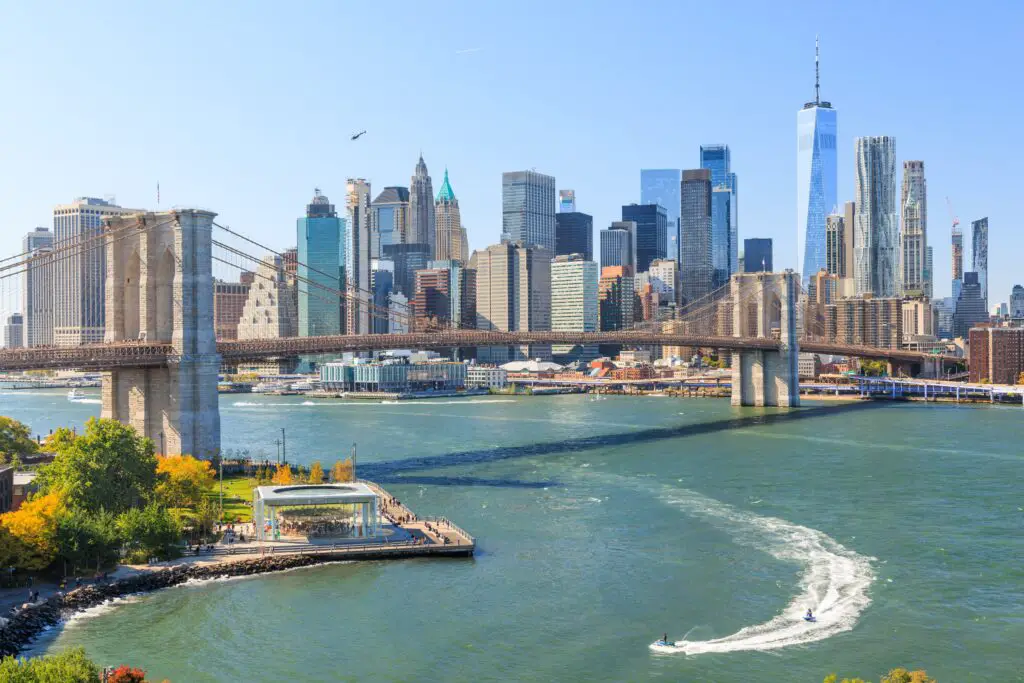
New York City is the epitome of diversity, often called the “City of Immigrants.” According to the Mayor’s Office of Immigrant Affairs, over 36% of New York City residents were born outside the United States, further solidifying its status as a global melting pot. With over 36% of its residents born outside the United States, NYC’s boroughs—Manhattan, Brooklyn, Queens, The Bronx, and Staten Island—each showcase unique cultural identities. Walking through neighborhoods like Jackson Heights in Queens or Chinatown in Manhattan feels like exploring entirely different worlds. The city’s cuisine is a testament to its diversity, offering global delicacies like Tibetan momos and Jamaican patties. NYC’s cultural institutions, such as the Museum of the Chinese in America and El Museo del Barrio, celebrate the stories of immigrant communities.
NYC also takes pride in its multilingualism, with over 200 languages spoken across the city. Events like the Puerto Rican Day Parade and the Lunar New Year Firecracker Ceremony draw crowds of thousands every year. The city’s robust public transit system connects these vibrant communities, making it easy to experience its rich cultural tapestry. With landmarks like the Statue of Liberty standing as symbols of opportunity and diversity, NYC continues to attract people from all over the world. According to the U.S. Census Bureau, NYC consistently ranks among the top cities for immigrant populations, further solidifying its reputation as a global cultural hub.
3. Los Angeles, California
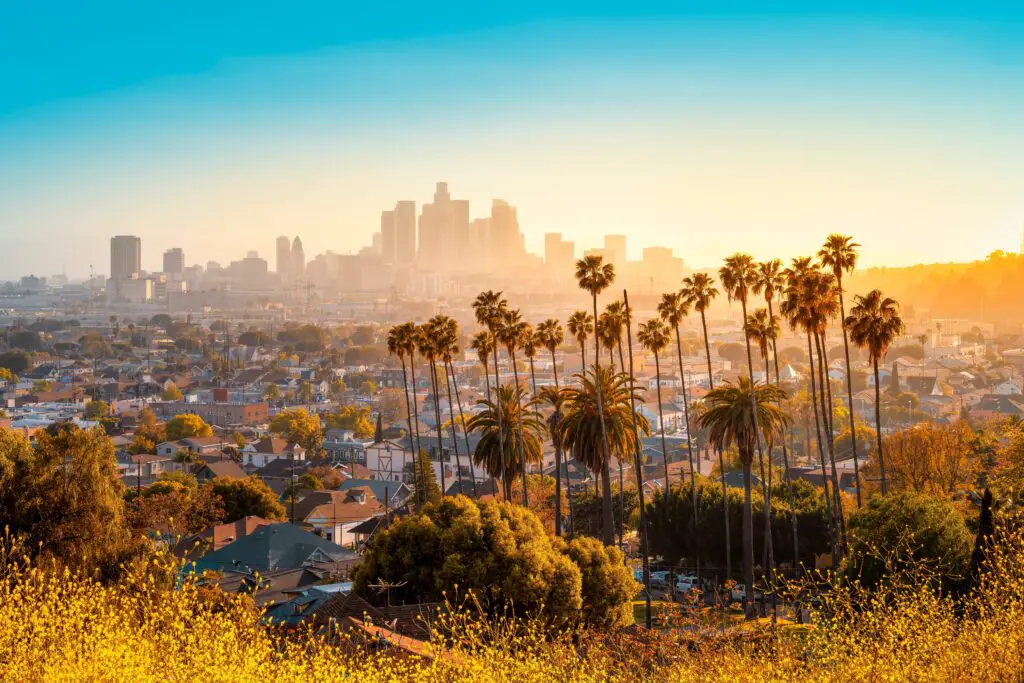
Los Angeles’ diversity is one of its defining features, with residents from over 140 countries speaking 224 different languages. Data from the Los Angeles Almanac confirms the city’s incredible linguistic and cultural variety, showcasing its role as a global crossroads. The city’s cultural influences are evident in its neighborhoods, like Koreatown, Little Tokyo, and Boyle Heights. L.A.’s food scene is legendary, offering everything from authentic Mexican tacos to Ethiopian injera. Its entertainment industry, anchored by Hollywood, attracts talent from around the globe, making the city a cultural powerhouse. Iconic events like the Nisei Week Japanese Festival and L.A. Pride celebrate its wide array of communities.
L.A. is also a center for arts and activism, with institutions like the Getty Center and the California African American Museum providing platforms for diverse voices. The city’s beaches, hiking trails, and year-round sunshine add to its appeal, drawing people from all backgrounds. According to the Los Angeles Times, the city’s immigrant population has shaped its economy and culture, contributing to its vibrant identity. With its blend of innovation and tradition, Los Angeles remains a beacon of diversity on the West Coast.
4. Chicago, Illinois
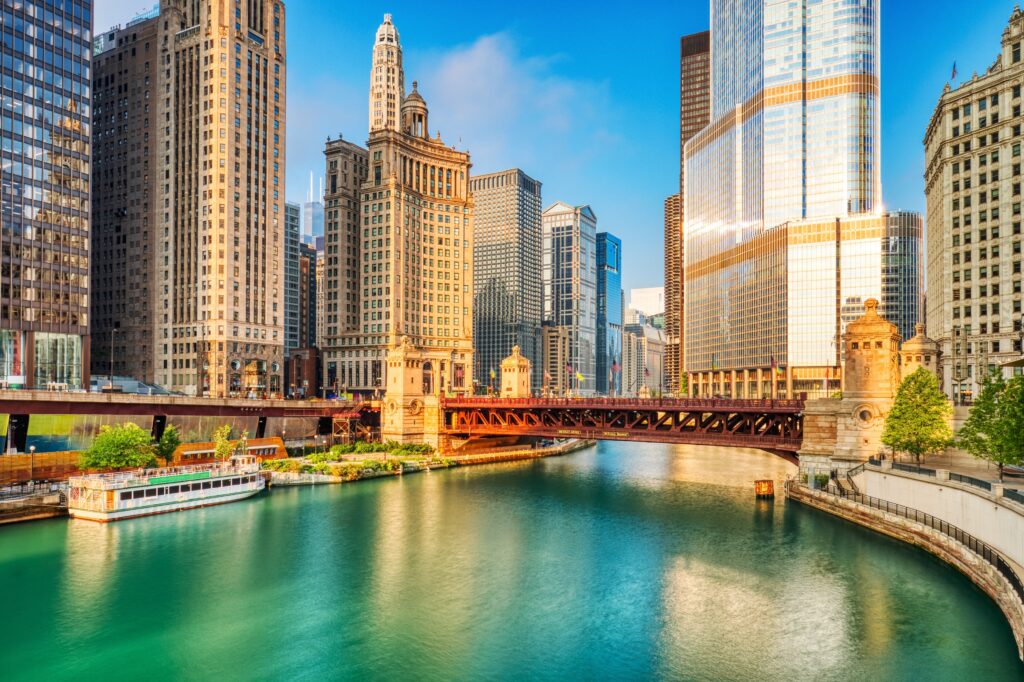
Chicago is a city that thrives on its cultural diversity, with over 30% of its residents identifying as Hispanic, African American, or Asian. The city’s neighborhoods, like Pilsen and Chinatown, are vibrant enclaves that highlight its multicultural heritage. Chicago’s festivals, such as the Taste of Chicago and the Puerto Rican Festival, bring people together to celebrate food, music, and traditions. Its culinary scene is a reflection of its diversity, offering everything from Polish pierogis to Thai street food.
The city’s history as a hub for immigrants has shaped its identity, with communities from Ireland, Italy, and Eastern Europe playing significant roles in its development. Today, organizations like the Chicago Cultural Alliance work to preserve and promote the city’s diverse heritage. Chicago’s art and music scenes are equally dynamic, with events like the Chicago Jazz Festival and exhibitions at the DuSable Museum of African American History showcasing its rich cultural tapestry. According to Pew Research, Chicago continues to attract immigrants and foster integration, making it one of the most diverse cities in the Midwest.
5. San Francisco, California
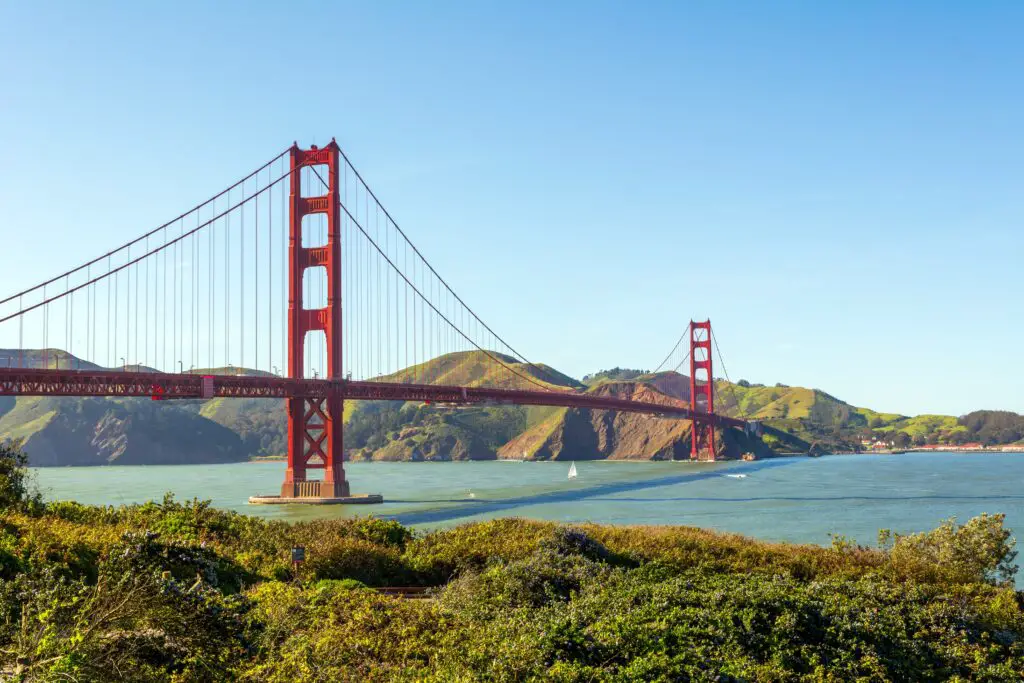
San Francisco is renowned for its progressive values and cultural inclusivity, making it one of the most diverse cities in the U.S. Its neighborhoods, like the Mission District and Japantown, are steeped in cultural history and vibrant traditions. San Francisco’s food scene is unmatched, with offerings like dim sum in Chinatown and burritos in the Mission. The city’s annual events, such as the San Francisco Pride Parade and the Cherry Blossom Festival, highlight its commitment to celebrating diversity.
The tech industry has brought waves of global talent to the city, further enriching its cultural landscape. San Francisco’s institutions, like the Asian Art Museum and the Mexican Museum, showcase its deep appreciation for multiculturalism. The city’s public spaces, such as Dolores Park, serve as gathering spots for people from all walks of life. With a strong emphasis on equality and representation, San Francisco continues to set a standard for inclusivity. Data from WalletHub consistently ranks the city among the top for cultural diversity, reinforcing its reputation as a welcoming metropolis.
6. Miami, Florida
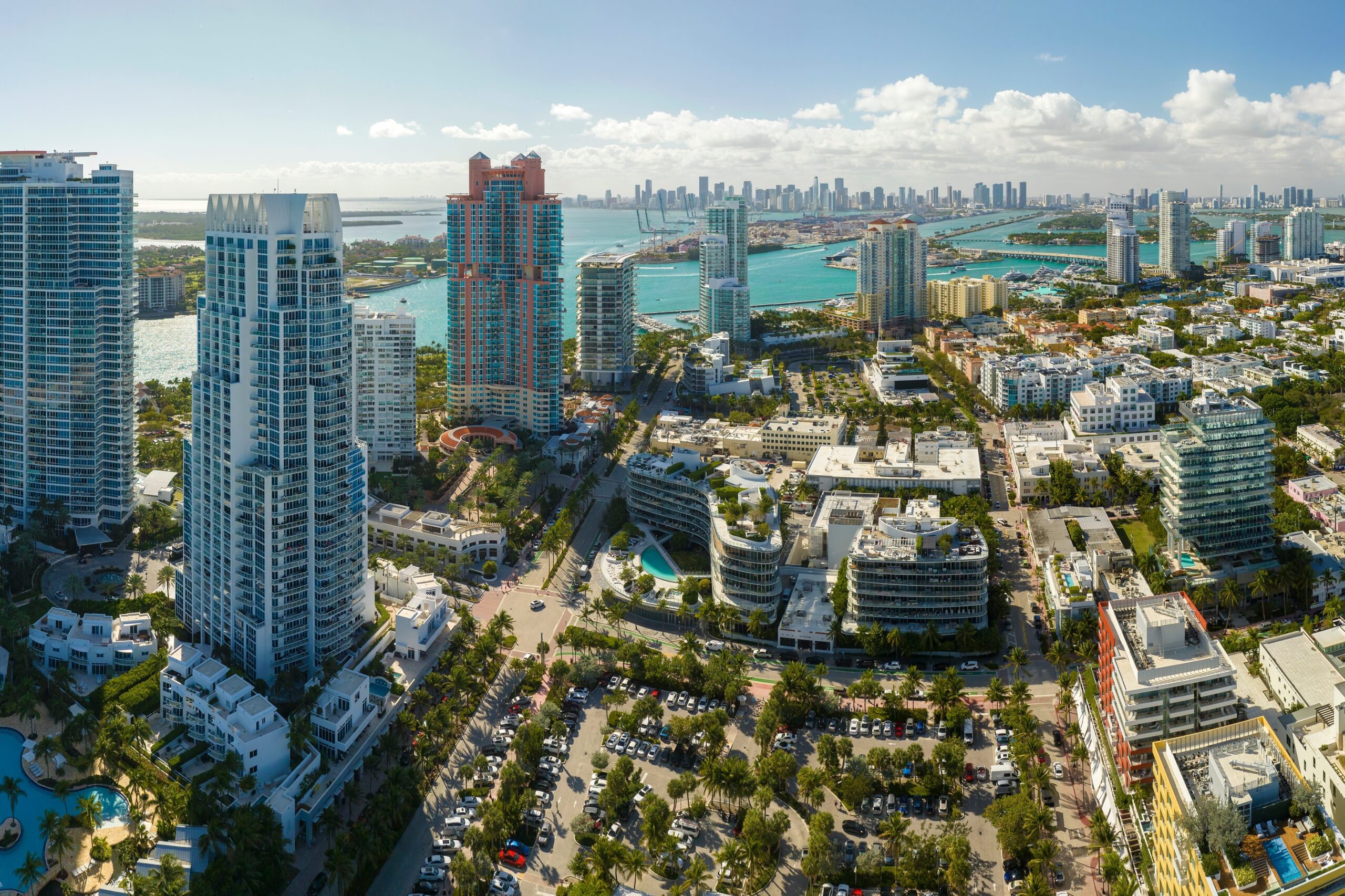
Miami’s diversity is a cornerstone of its vibrant identity, with over 70% of its population identifying as Hispanic or Latino. According to the Pew Research Center, Miami ranks as a leading destination for immigrants, particularly those from Latin America. The city’s neighborhoods, like Little Havana and Wynwood, are cultural hubs filled with art, music, and cuisine. Miami is famous for its Cuban influence, evident in its cafés, cigar shops, and festivals like Calle Ocho. Beyond that, the city hosts a mix of Caribbean and South American cultures, making it a unique destination for multicultural experiences.
Miami’s nightlife and art scenes are equally diverse, with events like Art Basel drawing international crowds. The city’s waterfront location and tropical climate attract people from all over the world, contributing to its dynamic character. According to the Pew Research Center, Miami is a top destination for immigrants, particularly from Latin America. With its blend of traditional and contemporary influences, Miami stands out as a city where cultures merge seamlessly.
7. Washington, D.C.

Washington, D.C., is more than just the nation’s capital; it’s a hub of cultural diversity and global influence. With over 180 embassies and international organizations, the city’s population reflects a wide range of ethnic backgrounds. Neighborhoods like Adams Morgan and U Street are known for their vibrant cultural scenes, featuring Ethiopian restaurants and live jazz clubs. Annual events, such as the National Cherry Blossom Festival and the Caribbean Carnival, celebrate the city’s multicultural fabric.
The Smithsonian Institution’s museums, including the National Museum of African American History and Culture, provide platforms for diverse narratives. D.C.’s education system and job opportunities also attract people from across the globe. According to the Brookings Institution, the city ranks high in immigrant population growth and integration. Its rich history and commitment to inclusion make Washington, D.C., a standout example of American diversity.
8. Atlanta, Georgia
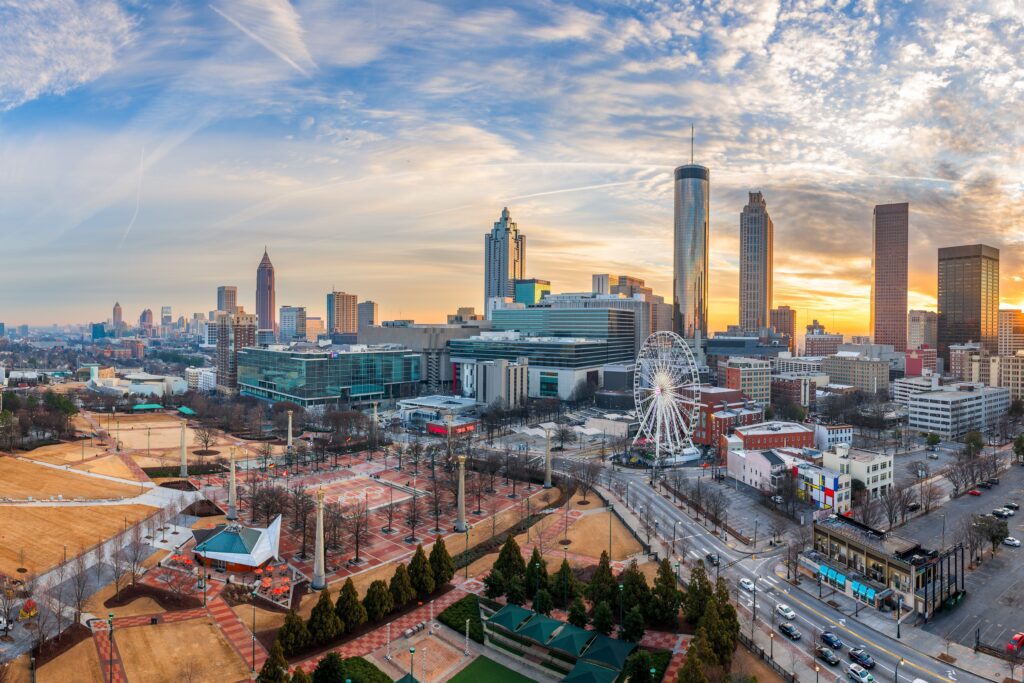
Atlanta has earned a reputation as a city of opportunity and diversity, with a thriving multicultural population. Its neighborhoods, like Buford Highway and Sweet Auburn, showcase its wide-ranging cultural influences. Atlanta’s food scene is a standout, offering everything from soul food to Korean barbecue. The city’s festivals, such as the Atlanta Jazz Festival and the Atlanta Greek Festival, bring people together to celebrate music and traditions.
As the birthplace of the Civil Rights Movement, Atlanta continues to be a beacon of progress and inclusivity. Institutions like the National Center for Civil and Human Rights highlight its ongoing commitment to equality. The city’s robust economy, driven by industries like film and technology, attracts global talent. Data from WalletHub places Atlanta among the top cities for cultural diversity, affirming its role as a dynamic Southern metropolis.
9. Seattle, Washington
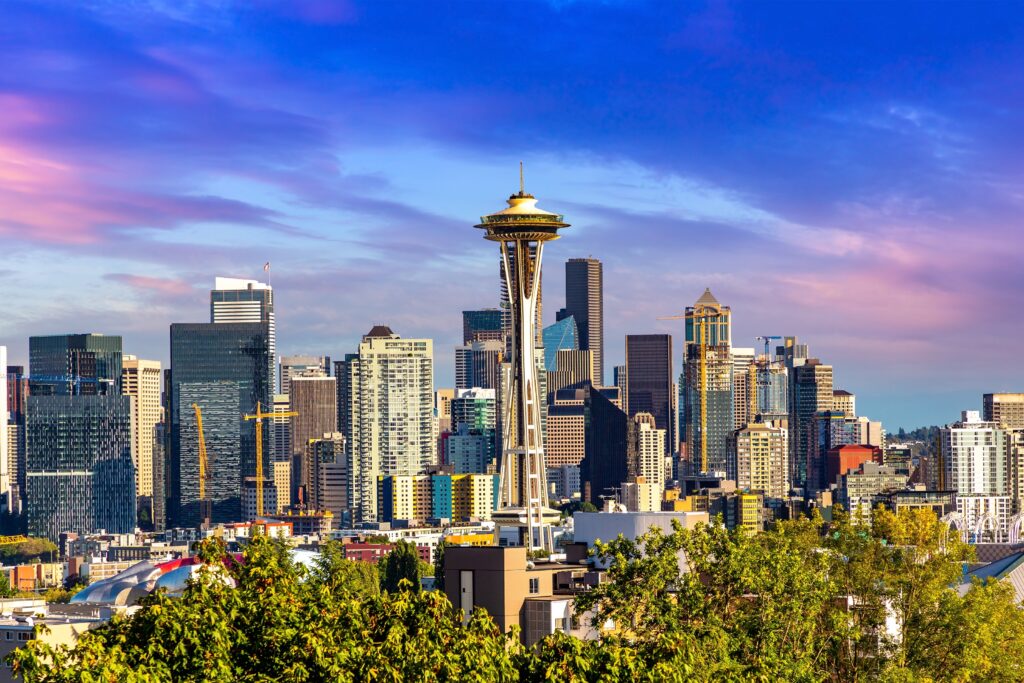
Seattle’s cultural diversity is a key part of its identity, with a thriving immigrant population and vibrant neighborhoods like the International District. The city’s food scene reflects its global influences, featuring everything from Vietnamese pho to Scandinavian baked goods. Events like the Seattle International Film Festival and Diwali: Lights of India celebrate the city’s multicultural character. Seattle’s tech industry, led by giants like Amazon and Microsoft, draws talent from around the world, adding to its cosmopolitan vibe.
The city’s natural beauty and progressive values make it a welcoming place for people from all backgrounds. According to the U.S. Census Bureau, Seattle has seen steady growth in its immigrant population, particularly from Asia and Latin America. With institutions like the Wing Luke Museum of the Asian Pacific American Experience, Seattle emphasizes the importance of cultural representation. Its blend of innovation and tradition makes it a standout city for diversity.
10. Boston, Massachusetts
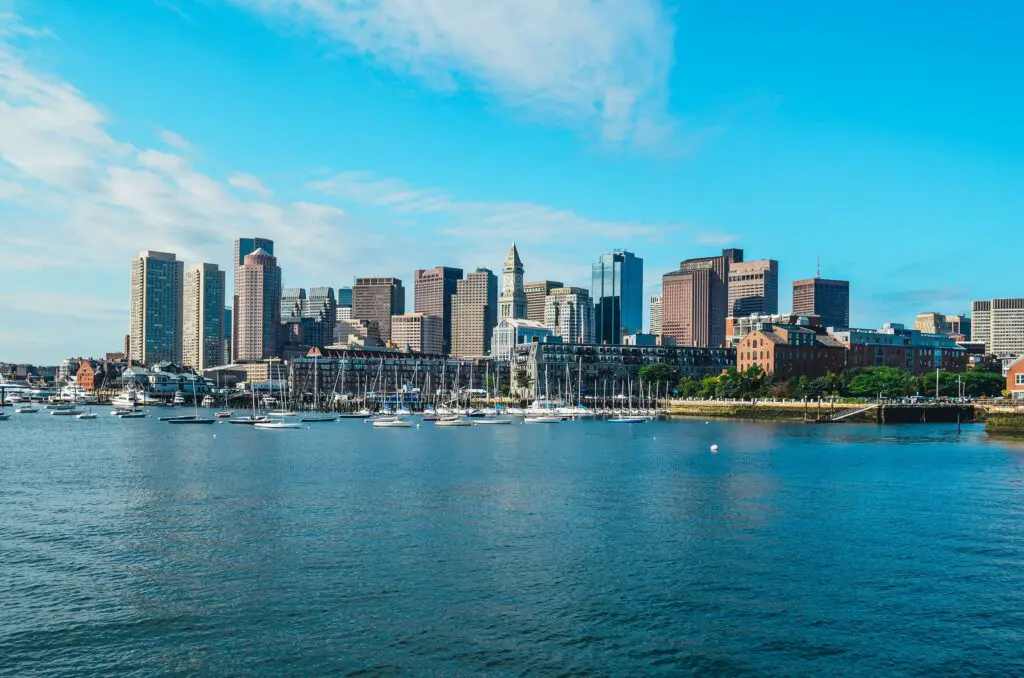
Boston’s historical roots and cultural diversity make it a unique and dynamic city. Neighborhoods like Jamaica Plain and Dorchester are home to a mix of ethnic communities, including Irish, Haitian, and Vietnamese residents. The city’s food scene is equally diverse, offering clam chowder alongside pho and jerk chicken. Boston’s annual events, such as the Boston Caribbean Carnival and the St. Patrick’s Day Parade, highlight its multicultural spirit.
As a hub for education and innovation, Boston attracts students and professionals from around the globe. Institutions like the Museum of African American History and the Boston Chinatown Neighborhood Center celebrate the city’s rich cultural heritage. According to the Boston Planning & Development Agency, over 28% of the city’s residents are foreign-born, contributing to its vibrant identity. Boston’s mix of history and modernity makes it a standout for diversity.
11. San Diego, California
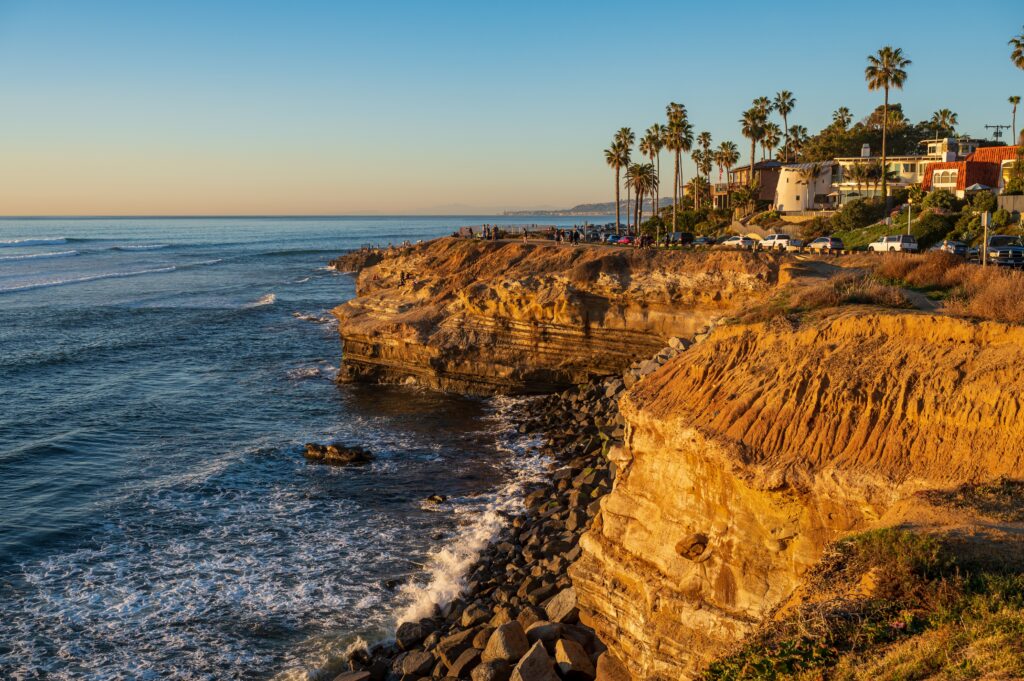
San Diego’s proximity to the Mexican border makes it a natural hub for cultural exchange and diversity. The city’s neighborhoods, like Barrio Logan and Little Italy, are rich with history and tradition. San Diego’s food scene is a highlight, offering authentic Mexican cuisine alongside Mediterranean and Asian flavors. Annual events like the San Diego Latino Film Festival and the Pacific Islander Festival celebrate the city’s multicultural identity.
San Diego’s beaches and outdoor lifestyle attract people from all over the world, adding to its vibrant character. According to the San Diego Union-Tribune, the city’s immigrant population plays a significant role in its economy and culture. Institutions like the New Americans Museum emphasize the importance of inclusivity and representation. With its blend of coastal charm and cultural richness, San Diego stands out as one of the most diverse cities in the U.S.
12. Philadelphia, Pennsylvania

Philadelphia’s rich history and cultural diversity make it a city like no other. Neighborhoods like South Philadelphia and Chinatown showcase its ethnic variety, while events like the Odunde Festival celebrate African heritage. The city’s food scene is legendary, featuring everything from cheesesteaks to authentic dim sum. Institutions like the African American Museum and the National Museum of American Jewish History highlight its commitment to inclusivity.
As a city of firsts, Philadelphia has long been a hub for innovation and progress. According to Pew Charitable Trusts, over 20% of the city’s population is foreign-born, reflecting its global appeal. Philadelphia’s vibrant arts and music scenes further enhance its multicultural identity. With its rich blend of history and modernity, Philly is a city that truly embraces diversity.
